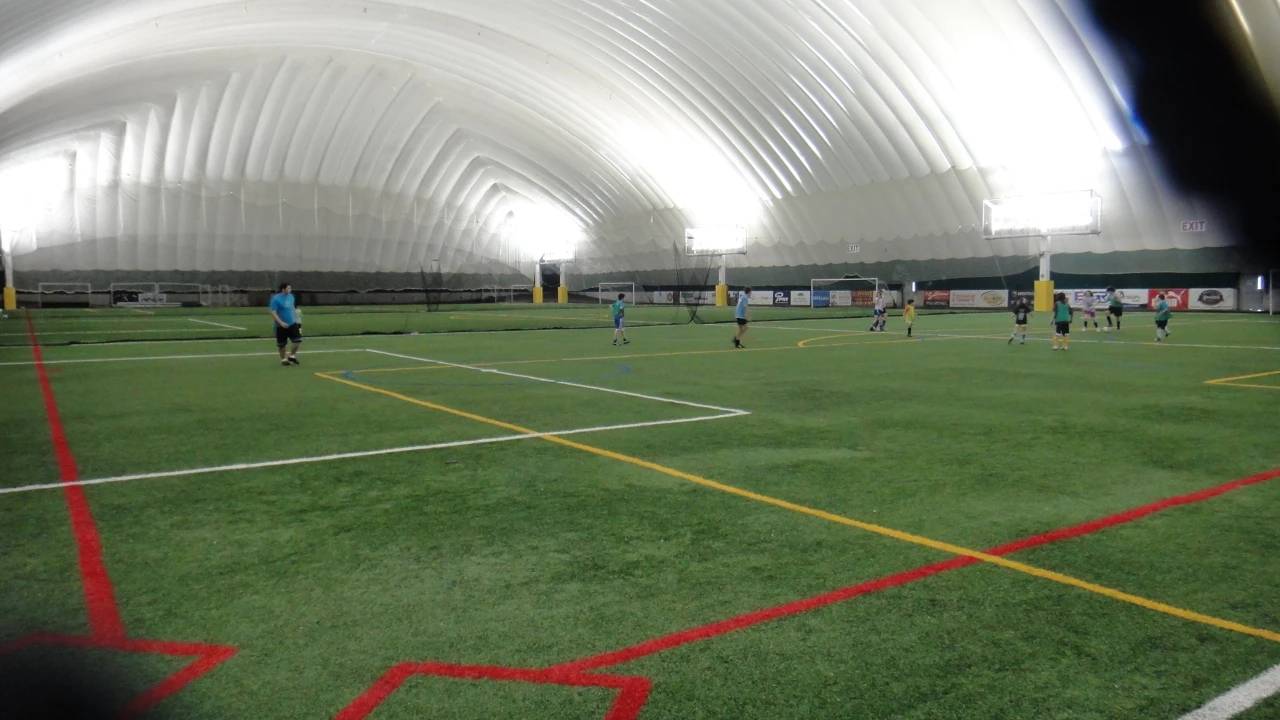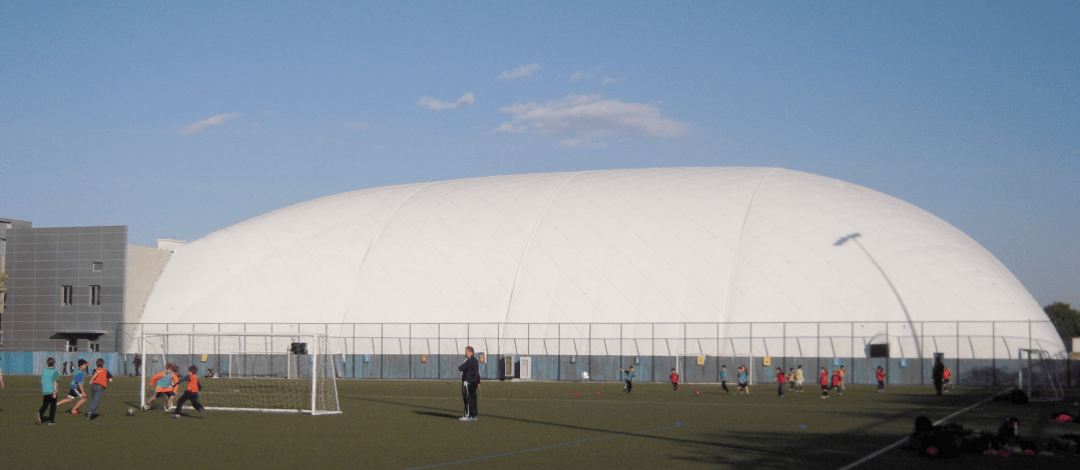News
Broadwell Air Dome
 Site
/uploads/image/677267645dfcf.png
The introduction of the largest air dome for land-based training in Gumi marks a significant milestone in the city's development. This innovative facility promises to deliver numerous benefits, from enhancing athletic training to stimulating local economic growth. By drawing inspiration from the successful implementation of air domes in other regions, Gumi is poised to become a model for leveraging sports infrastructure to achieve broader community and economic objectives. As the project progresses, it will be fascinating to observe the positive impacts this state-of-the-art facility will bring to Gumi and its residents.
Site
/uploads/image/677267645dfcf.png
The introduction of the largest air dome for land-based training in Gumi marks a significant milestone in the city's development. This innovative facility promises to deliver numerous benefits, from enhancing athletic training to stimulating local economic growth. By drawing inspiration from the successful implementation of air domes in other regions, Gumi is poised to become a model for leveraging sports infrastructure to achieve broader community and economic objectives. As the project progresses, it will be fascinating to observe the positive impacts this state-of-the-art facility will bring to Gumi and its residents.
The Impact of Air Domes on Local Economies: A Case Study of Gumi's New Training Facility
Views: 2247
Author: Broadwell Air Dome
Publish Time: 2024-06-27
Origin: Site
In a groundbreaking move to bolster sports infrastructure and economic growth, Gumi, a city in North Gyeongsang Province, South Korea, is set to introduce the largest air dome for land-based training. This state-of-the-art facility will be constructed at the Gumi Citizens' Sports Complex, with a total area of 13,994 square meters, and is expected to be completed by next year. Funded by a substantial investment of 15 billion Korean Won, including 5 billion from the national budget, this project underscores the significant role air domes can play in transforming local communities.
What Is an Air Dome?
An air dome is a large, tent-like structure that utilizes air pressure to maintain its shape without the need for columns or walls. This innovative design ensures vast indoor spaces suitable for various activities, irrespective of weather conditions. The air dome in Gumi will provide a specialized facility for year-round athletics training, particularly during extreme weather seasons like winter and summer. Outside the training seasons, it will serve as a venue for cultural festivals, exhibitions, and other community events.
The Economic and Social Benefits
Air domes have already demonstrated their potential as economic catalysts in other regions. One notable example is the all-season air dome football field in Gyeongju, which opened in February last year. This facility, with a total area of 10,752 square meters and an investment of 10.7 billion Korean Won, has become a prominent training ground for football teams. Its ability to offer a comfortable environment for sports activities year-round has attracted a significant number of visitors, with 17,830 people utilizing the facility last year alone.

The influx of visitors to Gyeongju's air dome has had a ripple effect on the local economy, boosting revenue for nearby businesses such as hotels, restaurants, and retail shops. The success of this project serves as a promising indicator for Gumi, where the new air dome is expected to generate similar economic benefits by attracting sports teams, tourists, and hosting large-scale events.
Enhancing Athletic Training and Community Engagement
The primary purpose of Gumi's air dome is to provide an optimal environment for athletics training, free from the constraints of seasonal weather variations. This facility will enable athletes to maintain a consistent training regimen throughout the year, which is crucial for peak performance and injury prevention. The dome's climate-controlled environment will also offer a comfortable and safe space for athletes, reducing the risks associated with outdoor training during extreme weather conditions.
Moreover, the air dome will serve as a multifunctional space for the local community. During non-training seasons, it will host a variety of events, including expos, trade shows, and cultural festivals. This versatility ensures that the facility remains in constant use, maximizing its value to the community and providing a venue for social and cultural engagement.
Government Support and Future Prospects
Gumi's air dome project is part of a broader initiative supported by the Ministry of Culture, Sports, and Tourism and the National Sports Promotion Agency. The project's selection in January of this year highlights the government's commitment to enhancing sports infrastructure and promoting regional development. The substantial investment in Gumi's air dome reflects a strategic effort to leverage sports facilities as drivers of economic growth and community well-being.
Looking ahead, the success of Gumi's air dome could pave the way for similar projects across the country. The scalability and adaptability of air domes make them an attractive option for municipalities seeking to enhance their sports and recreational facilities. By providing year-round access to high-quality training environments and multifunctional event spaces, air domes can play a pivotal role in fostering community development and economic revitalization.
The introduction of the largest air dome for land-based training in Gumi marks a significant milestone in the city's development. This innovative facility promises to deliver numerous benefits, from enhancing athletic training to stimulating local economic growth. By drawing inspiration from the successful implementation of air domes in other regions, Gumi is poised to become a model for leveraging sports infrastructure to achieve broader community and economic objectives. As the project progresses, it will be fascinating to observe the positive impacts this state-of-the-art facility will bring to Gumi and its residents.
In summary, air domes represent a transformative approach to sports and community infrastructure, providing versatile, all-weather spaces that cater to a wide range of activities. Gumi's new air dome is set to be a beacon of progress, showcasing the potential for innovative design and strategic investment to drive local development and enrich community life.









